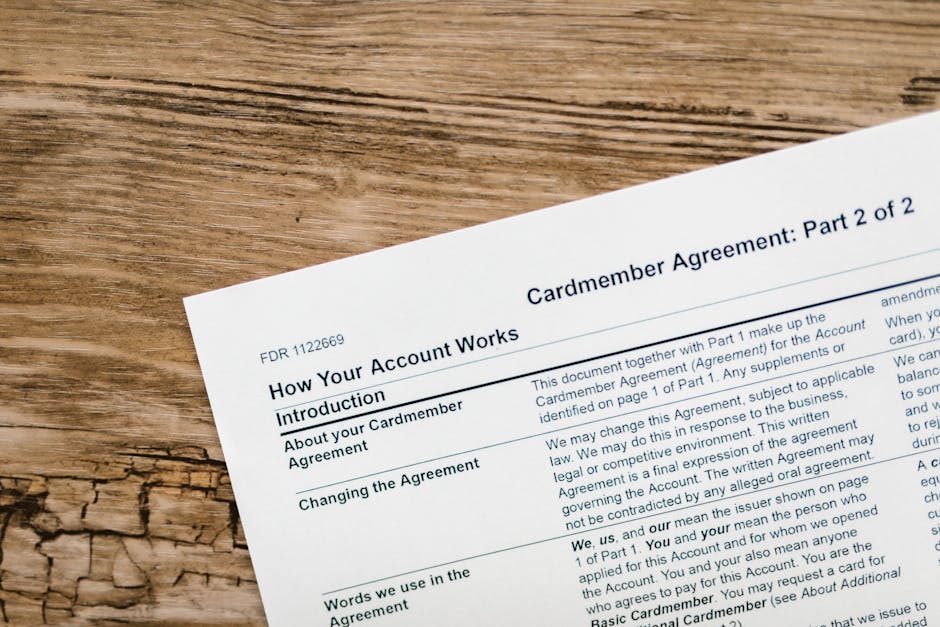What Are Land Plans?
At its core, a land plan is a blueprint. It outlines how a piece of land is intended to be used—whether for residential builds, commercial development, agriculture, or conservation. These plans help prevent zoning conflicts, guide infrastructure investments, and clarify longterm goals. Types of land plans include:
Site Plans – Focused designs for a specific parcel Master Plans – Highlevel visions for entire communities Zoning Plans – Maps determining how land can legally be used
The stronger and more tailored your land plan, the more predictable and profitable your project becomes.
Why Tax Strategy Matters at the Land Stage
If land planning is the map, then tax strategy is the vehicle that gets you to your destination with the fewest roadblocks. Without proactive tax planning, project owners can miss out on opportunities including:
Capital Gains deferral: Timing a sale or exchange strategically can reduce capital gains exposure. Cost basis adjustments: Proper documentation through the planning stages impacts how future taxes are calculated. Development deductions: Interest, municipal costs, and improvement expenses can often be deducted or capitalized.
This is where land plans aggr8taxes proves its worth—it brings planning and taxation into the same conversation, where they belong from the beginning.
The Power of Integrated Planning
In most cases, tax decisions are made after land is acquired or after development begins. That’s backwards. With integrated planning, like what land plans aggr8taxes promotes, tax strategy is factored in from day one. Consider these benefits:
Reduced holding costs: Vacant land accumulates tax liabilities. Structuring an early use plan can reduce taxable burden via exemptions or special classifications. Qualified Opportunity Zones: Developers may qualify for deferral or exclusion of gain if land is located in a designated zone—a win that only comes with knowledgeable upfront planning. Ag use and conservation incentives: Strategic designation of land as agricultural or conservation land not only qualifies it for special treatment but may attract private or public funding sources.
That’s the edge—a tighter alignment of planning with actionable tax choices.
Who Needs This?
This isn’t just for big developers. Mediumscale investors, estate holders, farm owners, and even municipalities can benefit. Anyone who holds land, grows assets through property, or executes land conversions can use land plans aggr8taxes concepts to streamline operations.
For example: A retired farmer considers subdividing land into residential plots. A smart land plan paired with a capital gains deferral strategy could save tens of thousands in taxes. A startup developer acquires a blighted parcel in a Qualified Opportunity Zone. By integrating their land plan with taxexempt reinvestment structures, they create a more attractive financing package.
Common Missteps to Avoid
Most inefficiencies happen when planning and accounting are siloed. Watch out for:
Not considering tax classifications early: Waiting too long to adjust property use can limit deductions or eligibility. Missing filing opportunities: That includes failing to document land improvements for cost basis or incorrectly claiming agricultural exemptions. Shortterm focus: Many owners optimize for today’s balance sheet, skipping longterm strategies that would pay larger dividends in 7–10 years.
A little crossdiscipline effort on the front end saves a mountain of regrets later.
Getting Started
If you’re holding land—or thinking of purchasing—it’s time to consider an integrated approach. Get professionals in the room: planners, CPAs, landuse attorneys. Outline where the land is, what the goals are, and what’s feasible based on local laws and tax codes.
Ask yourself:
Are there incentives attached to this type of zoning or designation? What exit strategy minimizes taxes (sale, 1031 exchange, donation)? Do we qualify for any timesensitive relief or exemptions?
Efficiency comes from clarity. Land plans aggr8taxes isn’t just about compliance; it’s about optimizing forwardlooking value right now.
Final Thoughts
Land is passive—it doesn’t evolve or unlock value unless you guide it with purpose. Building a plan that aligns your property’s future use with its tax profile gives you more control, not just over profit, but over timing and compliance. Whether you’re a weekend investor or a fulltime builder, leveraging tools like land plans aggr8taxes puts you in a better position—on the ground, and on the balance sheet.





